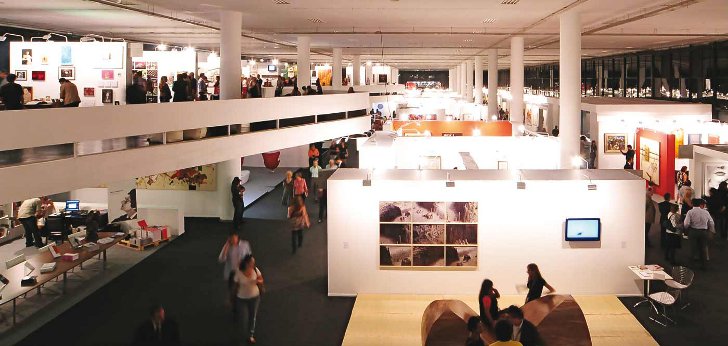The São Paulo Art Biennial was founded in 1951 by Ciccillo Matarazzo, a Brazilian industrialist and entrepreneur. He modeled the exhibition after the Venice Bienalle, which he had visited several times. With the help of his wife, he convinced artists from different countries to participate in the first exhibition held in a temporary pavilion on the Belvedere Trianon. The first event featured 729 artists and 1854 works from 25 countries.
In 1957, the Biennial moved to the three-story Ciccillo Matarazzo pavilion with 30,000 sq.m of exhibition space in Ibirapuera Park, designed by Oscar Niemeyer and Hélio Uchôa. Matarazzo remained the president of the São Paulo Art Biennial until his death in 1977.
Following Matarazzo’s death, the exhibition underwent significant changes. For example, the Council of Art and Culture was appointed in order to develop the exhibition program. Another change was the introduction of the theme that changes every year and influences the line-up and atmosphere of the exhibition. Past themes have included Utopia vs. Reality, Rupture as Support, Metropolitan Iconographies, Free Territory, How to Live Together, In Living Contact, The Imminence of Poetics, Live Uncertainty, and others.
Since its inception, the Biennial has become one of the most important large-scale exhibitions of contemporary art in Brazil and South America. Over the years, the exhibition has featured more than 16,000 artists from 170 countries and attracted about 10 million visitors, introducing the Brazilian public to various forms of artistic expression from around the world.
The São Paulo Art Biennial strives to make contemporary art (primarily from the United States and Western Europe) known in Brazil, promote the country’s art scene internationally, and establish São Paulo as a major arts center.





